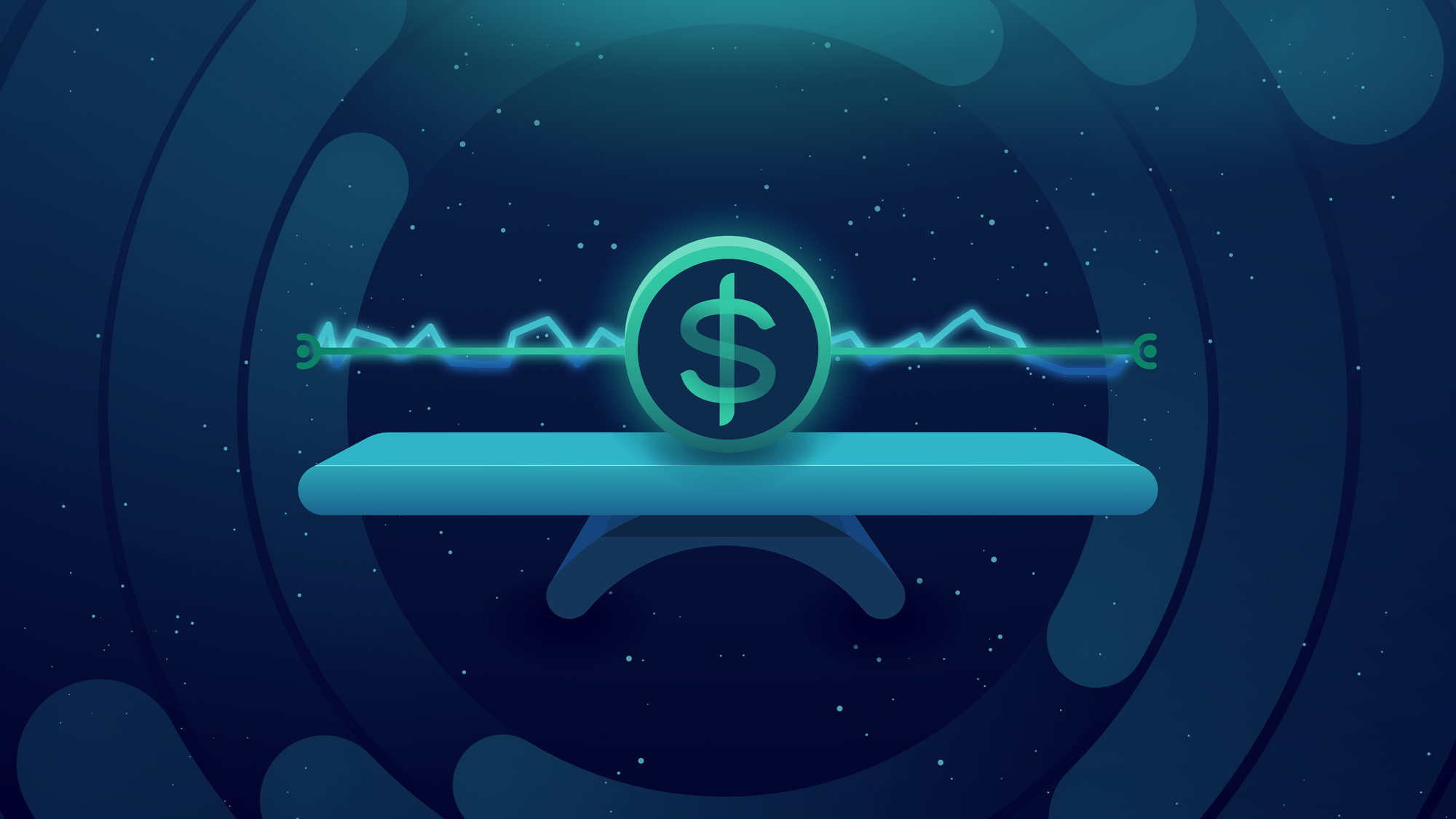How bnUSD maintains its peg
Learn how the Stability Fund, Savings Rate, liquidations, and redemptions keep the bnUSD price stable.

The Balanced Dollar is a decentralised stablecoin that tracks the price of 1 USD. You can create it via leverage (deposit cryptocurrency as collateral to borrow bnUSD) or trades (swap stable assets for bnUSD), and use it on every blockchain Balanced connects to.
A stablecoin is only as reliable as its underlying price mechanism, so Balanced employs four: liquidations, Stability Fund, Savings Rate, and redemptions.
Collateral will be liquidated when loans exceed the liquidation threshold. Traders can use the Stability Fund and redemptions to reverse short-term price fluctuations. And the Savings Rate increases demand for bnUSD to attract more liquidity for the Stability Fund.
Learn how Balanced uses these mechanisms to maintain the bnUSD price.
Liquidations keep bnUSD over-collateralised
bnUSD is over-collateralised, with the majority of its collateral held in volatile cryptocurrencies like ETH, BTC, ICX, and SUI. To limit exposure to external market forces, borrowers can be liquidated when their loan crosses the liquidation threshold. For most collateral types, the liquidation threshold is set to ... of the collateral value, as determined by Band and other oracles.
Balanced uses a soft liquidation mechanism, which means that, rather than a full liquidation, a borrower's collateral will be liquidated just enough to bring their loan below the threshold.
When someone triggers a liquidation, bnUSD is redeemed for borrower collateral at a discount, and a small fee is sent to the DAO Fund. Liquidation stops once the borrower’s risk is back below the liquidation threshold, but if their debt is below ... bnUSD, their entire position will be liquidated.
The Stability Fund trades bnUSD 1:1 for stable assets
The Stability Fund is the primary stability method for bnUSD, and holds most of Balanced’s stablecoin liquidity. Integrated into the Balanced exchange, it lets you swap approved stable assets 1:1 for bnUSD, and offers the reverse trade for a ... fee.
When the Stability Fund receives approved assets like USDC or USDT, it holds them as collateral and mints bnUSD. When the bnUSD is returned, it gets burned.
Traders can use the Stability Fund to their advantage when the bnUSD price is higher or lower than other stablecoins. For example, if bnUSD is worth 1.05 USDC, a trader could deposit 1 USDC into the Stability Fund, receive 1 bnUSD, swap that 1 bnUSD for a mispriced crypto asset, then sell that asset for ~1.05 USDC, and repeat the process until the price is in parity.
To prevent overexposure, there’s a maximum limit for each stable asset which, along with the fee, can be changed via governance at any time.
The Savings Rate increases demand for bnUSD
While not a core price mechanism, the Balanced Savings Rate exists to increase bnUSD demand and attract more liquidity for the Stability Fund.
The Savings Rate offers bnUSD holders the opportunity to earn interest from their unused stablecoins, with rewards generated from loan interest, BALN, and ICON blockchain emissions.
When people swap their stable assets for bnUSD to take advantage of the rewards, the Stability Fund receives more liquidity for traders to use if the price falls off-peg.
Redemptions sell underpriced bnUSD as a last resort
The redemption method is a last-resort mechanism to maintain the purchasing power of bnUSD. If the Stability Fund is empty and bnUSD falls below a certain price, traders can use the redemption method to burn bnUSD in exchange for borrower collateral.
When the bnUSD price falls below the current threshold of ..., traders can send bnUSD to the Balanced Loans contract in exchange for ... of the value in a specific collateral type. ... of the bnUSD is burned to repay borrowers’ debt, and ... gets sent to the DAO Fund.
Redemptions are spread across a group of borrowers to limit the impact, and are only available via smart contract.
Governance steps in as needed
bnUSD is decentralised, governed by community members who hold bBALN. bBALN holders can use their governance power to adjust various Balanced parameters, including the:
- Redemption threshold
- Stability Fund fees
- Stability Fund deposit and withdrawal limits
- bnUSD limits for each collateral type
If any of the stability mechanisms need to be adjusted to recover the bnUSD price, anyone who holds at least 0.1% of the total bBALN can submit a proposal on-chain. Proposals require at least ... participation and 67% approval.
Use bnUSD on your favourite blockchain
bnUSD is a decentralised, over-collateralised stablecoin that you can use wrapper-free on every blockchain Balanced connects to. Available since April 2021, its stability mechanisms have withstood numerous periods of extreme market volatility.
To protect against volatility and benefit from bnUSD's stability, buy or borrow bnUSD from app.balanced.network.
To learn more about Balanced, check out the website, read the docs, and join the Balanced community on Discord.

